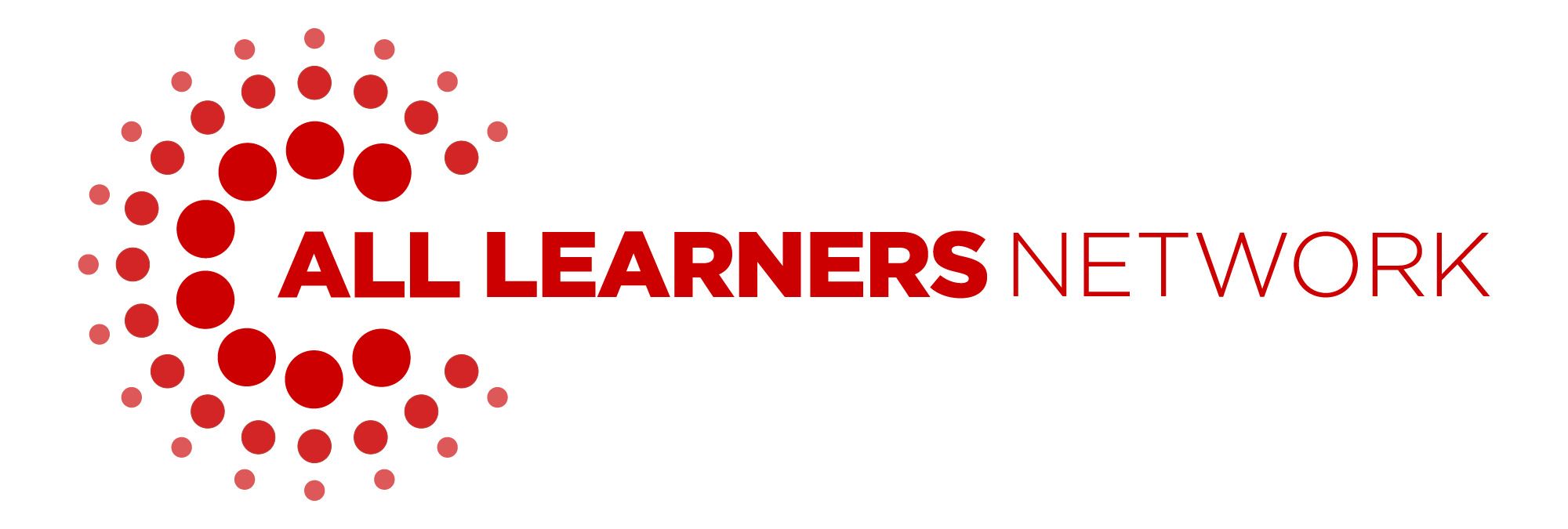
Integrating Math Models in Elementary Routines
Published: August 16, 2024
Routines are often the glue that holds a school day together. There are routines that teachers plan and design with specific learning intentions in mind and others that develop in response to the natural cadence and flow of a school day. As educators we know when a routine is a good fit for a group of children and we know when something about a routine feels off.
As a kindergarten teacher, I leaned heavily into routines to nurture our classroom culture. We had routines for how we would share our space, routines for transitioning from one event (or place) to the next, and routines for how we would learn together. Our routines formed the foundation of our classroom community.
There was one set of routines, calendar time, that always seemed to engage my learners at first, but often their interest fizzled over time. I’ll use the term “calendar routines” here to describe any routine that captures temporal events and classroom data-who is at school today, the weather, today’s number, what’s the day of the week, etc. I did not consider “calendar” to be a part of our math time, but I did appreciate that there was potential in these daily routines to build number sense while honoring the passage of time and the benchmarks of a school year. After a few years of editing and revising a collection of routines to chronicle our time together I settled upon a few that were both meaningful for my learners and rich with number sense building moments.
The solution to my calendar time conundrum was math models. We used five and ten frames, number paths, and a 100 bead string as our primary tools. My kindergarteners affectionately dubbed our math model based routines, “Our Numbers” and eventually called each number routine a ”job” or “number job”. Completing the “jobs” became the first task for our helper-of-the-day each morning during settling in time. The helper was also the reporter of “Our Numbers” at morning meeting which meant, sometimes, using an a mock microphone (made from PVC plastic piping with an entertaining echoing effect) to declare what was, in their mind, the important number information of the day (e.g. How many more days until a special event, how many days of school so far, the number of snow days we have had in the month). It was a coveted role and since the job rotated each day there was interest in what each new helper might choose to share with the group each day. We did not abandon the use of a calendar, we simply had a regular flip calendar that we used much in the same way you might in your home; to mark the passage of time and note significant events that happen each month.
Early on in the school year I was able to connect with each learner as they cycled through the “helper of the day” role and learned the steps for each number job. I added in new jobs throughout the year and phased out others as interests waned and shifted. Our morning check-ins were quick moments of connection and valuable formative assessment opportunities. The information I gleaned in these 2-3 minute interactions offered essential information to differentiate each routine to meet each student where they were at.
Five frames became a way to keep track of the day of the week. We used two ten frames to see how many of us were at school and to tangle teen numbers (and sometimes numbers greater than 20) from day one. Ten frames, cubes, and a 100 bead string were used to keep track of how many days of school had passed. Our collection of weather data was done using a number path that was taken apart at the end of each month so we could compare our weather data. Integrating math models into our daily routines gave my learners more time to use each model and make sense of it before being invited to use a model for problem solving during our math block. The numbers in the models from each job represented our community and that captured and maintained their interest throughout the school year. I can still recall a conversation I had with one of my kindergartners, as he added the tenth cube to the ten frames we used to keep track of how many days of school, he said, ‘So 4 full ten frames are 40…we have been in school for 40 days, that’s a lot…wait, that’s 4 tens… (studying the full ten frames, gears turning) is that why we write forty with a 4?’ He was thrilled to share his discovery with his classmates that day and we often referred to that morning meeting conversation anytime we were tangling with number writing that year.

When I moved from the classroom into an interventionist and then coaching role I was fortunate to learn more about how my colleagues integrated math models in their routines. I was visiting a PreK classroom when I first saw a linear calendar and I was hooked! A linear calendar is a regular calendar in the form of a number path. It made perfect sense to use a number path to model the passage of time and tangle with counting and magnitude understandings. Conversations about, “how many more days” or “how much longer” took on a whole new meaning when we were at the start of the month and a special event was a couple weeks away. I cannot imagine doing a calendar routine any other way, especially with learners in PreK and Kindergarten, who are working to make sense of numbers all year long.
The most important routines are the ones that support your students in becoming confident learners. Over the years some routines have lasted and others were of the moment. The mentors who taught me the most about what kinds of routines our classroom needed were my students.
Click here for the printable version.
What Now?
1. Read our blog on “What is Number Sense?” to learn more.
2. Check out our blog on “Three Dice “Games” to Build Number Sense During Transitions” for more ideas on how to set routines for transition times.
3. Bring All Learners Network (ALN) into your school or district for embedded professional development.

All Learners Network is committed to a new type of math instruction. We focus on supporting pedagogy so that all students can access quality math instruction. We do this through our online platform, free resources, events, and embedded professional development. Learn more about how we work with schools and districts here.




